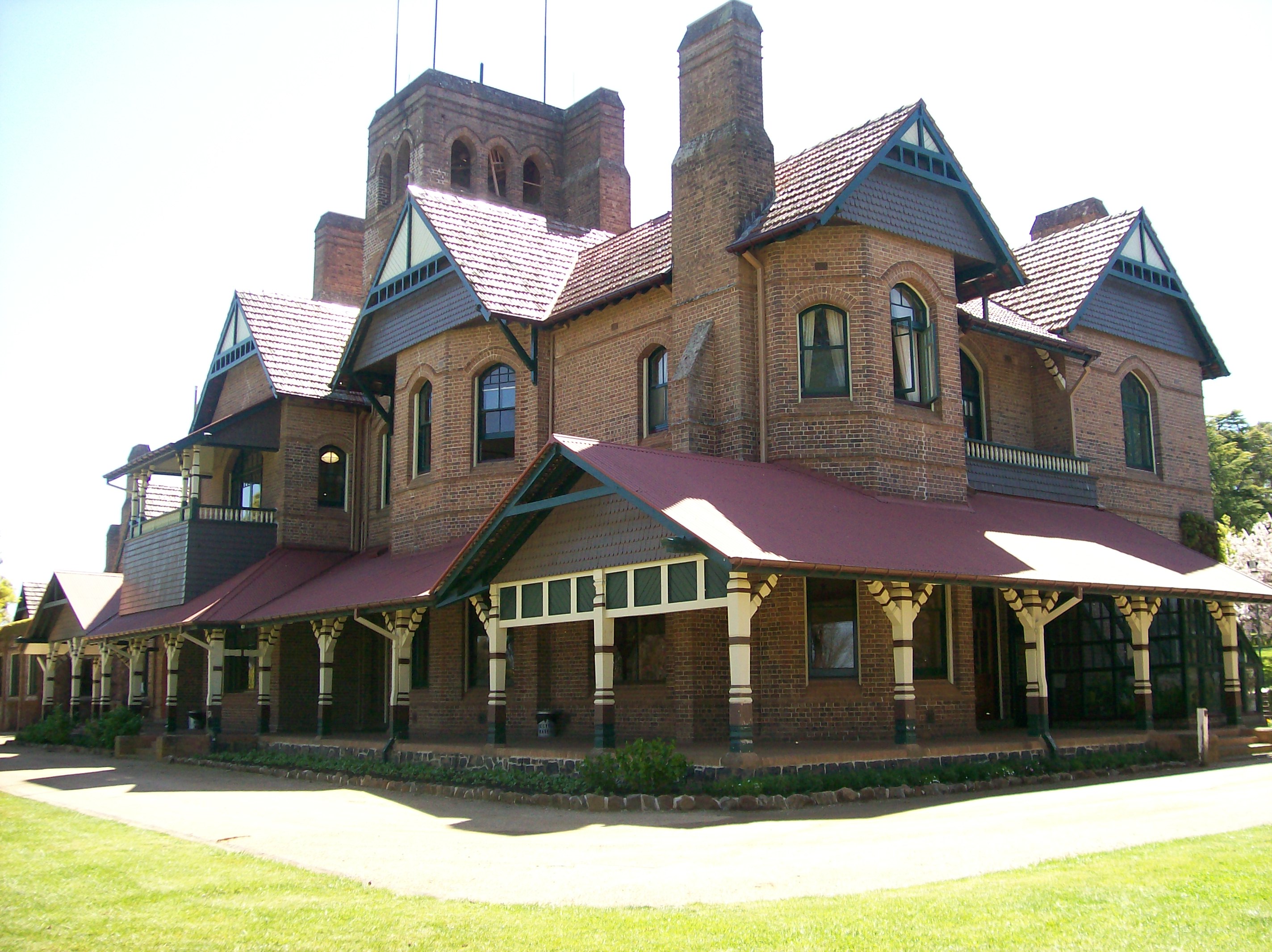What's the difference between Australia and yogurt?
One has culture.
This is a joke told to me by a cook in Denmark. I didn't laugh.
As much as Australia may be lacking in any particularly strong and unique cultural customs I believe it is a country with a rich cultural make up and even what could be called a unique style.
What I would describe as the ‘Australian style’ of architecture would most definitely consists of an amalgamation of other styles. Our society and culture consists of the adaption and amalgamation of a wide variety of ethnic groups. It is domestically orientated culture and most importantly it is a culture of optimism. I believe that Australian culture is inherently optimistic and our style matches this. We have a design philosophy of saying that everything is okay, everything’s good, life is good.
The first European buildings built in Australia were homesteads designed and built by early British settlers. These were traditionally Spartan buildings, due to material and labour restraints, designed in traditional Victorian styles. The mix of cultures, workmen and designers in Australia usually meant that these buildings were designed in a mismatched and episodic way. Booloominbah (1888) designed by John Horbury Hunt, although quite grand in nature, is a perfect example of an outcome of these homestead types built during the 19th Century. Its deep verandas, L-shaped plan and episodic mix of elements demonstrate the Australian style of mixing and reinterpreting English elements and styles.
Booloominbah designed in 1888 by John Horbury Hunt.
What makes Australia’s current architectural trends distinctive are their basis in a country with a very domestically based cultural and architectural history. Early Australian architect’s amalgamation and reinterpretation of European styles within single buildings can be seen to have influenced many buildings of the early 20th century and this influence continues today. During the latter half of the 20th Century, as critics such as Robin Boyd began to criticise our obsession with an urban language of architecture, the prevalence of this language began to diminish, but the elemental nature of our “architecture of collision”, that is a form with expression of the different elements of a building as different pieces stuck together, still continues.
Australian culture and Australian style is a mismatched beast, one that brings together many elements, is positive and domestically orientated.


No comments:
Post a Comment